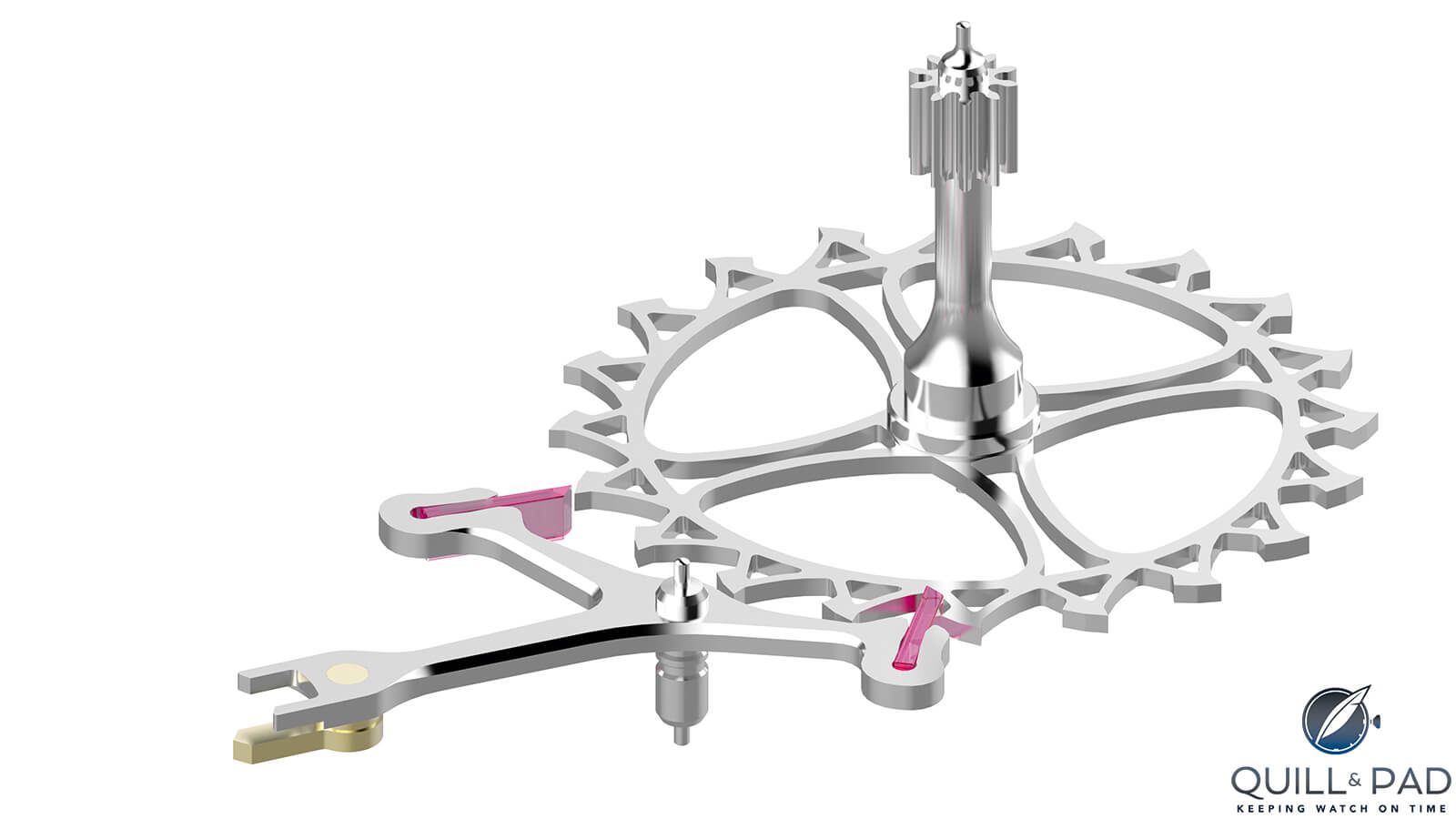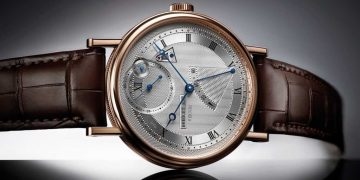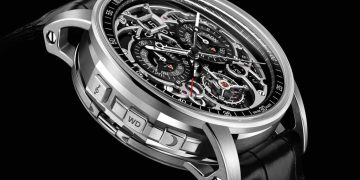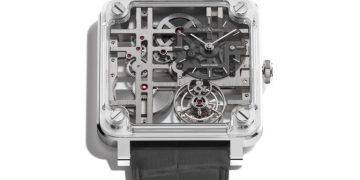Credits: Article and images by Sergio Galanti @ Quill & Pad. See the original article here - https://quillandpad.com/2024/10/06/energy-management-in-mechanical-watches-the-pulse-of-precision/
—————————————————————————————————–
Mechanical watches use synthetic jewels (typically rubies or sapphires) as bearings at key pivot points in the movement to minimize friction between moving parts.
Jewels are extremely hard, smooth, and wear-resistant, allowing for smoother movement and less energy lost to friction.
Special watch oils are applied at key points in the movement to reduce friction.

Oiling a jewel at Rolex. High-performance lubricants are used in the watch’s movement to ensure that the various components run smoothly and accurately.
Over time, oils can dry out,degrade, and move out of position, so regular servicing ensures that the watch remains properly lubricated and reduces wear and energy loss. Using gears with high precision, smooth surfaces, and fine teeth reduces friction as they mesh. The smoother the interaction between gears, the less energy is wasted.
Continuing in its journey, the energy first moves to the center wheel, which turns once per hour, driving the minute hand. From the center wheel, the energy flows to the third wheel, and then to the fourth wheel, responsible for driving the seconds hand.

The gear train is a series of interlocking gears (center wheel, third wheel, fourth wheel, escape wheel) that transmit energy from the mainspring to the escapement (image courtesy watches-of-switzerland.co.uk)
Each wheel is meticulously designed, engineered and crafted to control the speed and force of the energy, ensuring that the hands move smoothly and at the correct speed. This controlled flow of energy is what allows a mechanical watch to keep time with such precision.

Rolex Chronergy escapement
The escapement is the key regulator of this energy flow. It acts like a gatekeeper, allowing only a precise amount of energy to pass through with each oscillation of the balance wheel. The balance wheel, a small, oscillating wheel, swings back and forth, driven by the energy released from the escapement.
The oscillation of the balance wheel moves the pallet fork back and forth, which locks and unlocks the escape wheel. It is the tiny jewels on the pallet fork hitting the escape wheel that produces the ticking sound of a mechanical watch.
Each regular (isochronical) swing of the balance wheel allows the gear train to rotate by a tiny, measured amount, ensuring that the hands move in perfect synchronization with the passage of time.

The escapement and the balance wheel work together to create consistent oscillations that regulate the movement of the gears, and the watch’s hands (image courtesy researchgate.net)
—————————————————————————————————–
Credits: Article and images by Sergio Galanti @ Quill & Pad. See the original article here - https://quillandpad.com/2024/10/06/energy-management-in-mechanical-watches-the-pulse-of-precision/








